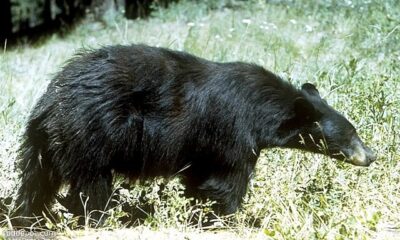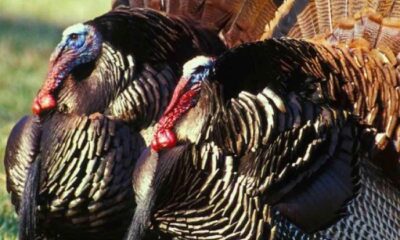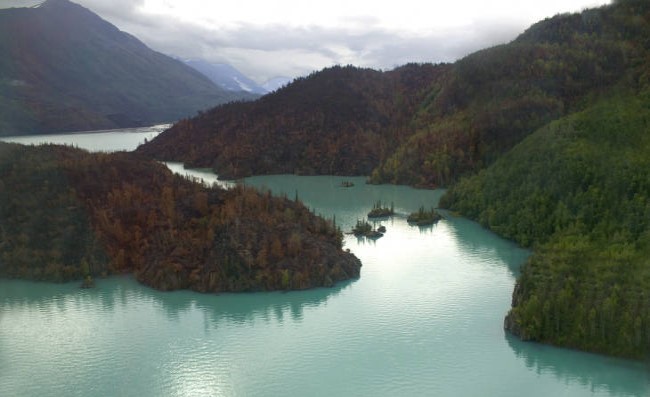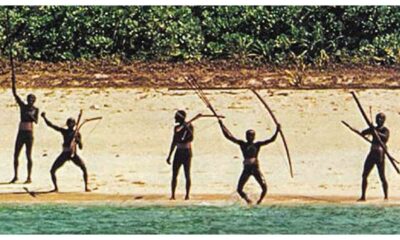Camping & Survival
Hurricane Warning: Critters Evacuating, Too!
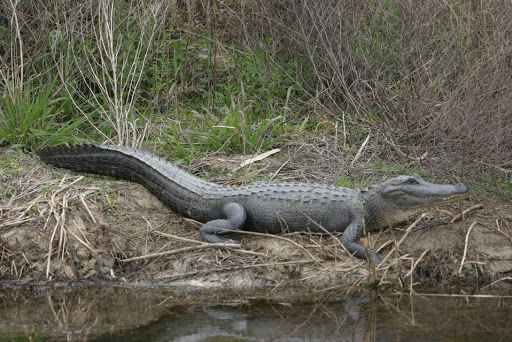
Oh, that ISN’T my ex-wife! We’re good, carry on.
Gators, snakes, and bears–oh my!
If you live in the path of Hurricane Laura and have chosen to shelter in place, there’s something to remember: The swamp critters are seeking higher ground, too. The Louisiana Department of Wildlife and Fisheries (LDWF) urges the public to be especially alert to wildlife forced into populated areas by flood water from the storm. It happens pretty much every time hurricanes hit the Gulf Coast, and there are two main mistakes people make when it does.
The first main mistake that people make when they see displaced critters is to feel sorry for them and try to feed them. This only tends to take place when said critters are at least sort of “cute,” like deer and bears. The LDWF urges people to please not do that. Feeding animals encourages them to stay in populated areas, and this isn’t good for the wildlife or for us.
We’re not just talking about deer-car collisions, either. Bears in particular suffer from being fed, because they lose their fear of humans and become nuisances–even dangerous. This forces wildlife and game officials to euthanize the bear. Remember, a fed bear is a dead bear. It’s best for the wildlife to find their own natural habitat and food sources on their own.
Speaking of food sources, here’s the second mistake people make during hurricanes: They don’t work hard enough to avoid becoming a food source. The other critters that you’re likely to see during and in the immediate aftermath of Hurricane Laura are scaly–gators and snakes. Most venomous snakes would really prefer not to waste their venom on something too large to eat (you), but if there’s ever a time when wildlife will behave uncharacteristically, this is pretty much it. Although few people need to be told to leave venomous snakes alone, it’s also important to keep them in mind if you’re trying to salvage possessions. Watch where you put your hands and feet, and try to make plenty of noise to let them know you’re coming.
Basic Tips:
* Avoid areas where displaced wildlife has taken refuge.
* Avoid interaction with and do not feed displaced wildlife.
* Avoid roadways near flooded areas to reduce likelihood of disturbance and collisions with wildlife.
Black Bears: The Louisiana black bear is a species of concern during a flood incident when high water moves bears out of their habitat. For assistance with black bears that may be forced into populated areas by flood waters, call 1-337-262-2080.
Alligators, Snakes: Flood waters will carry reptiles into populated areas where they may not normally be noted in significant numbers. Following the impact of flood waters, exercise extreme caution when salvaging possessions from flooded areas. Wildlife, especially reptiles, may remain in flooded areas and pose a safety threat.
Venomous snake species in Louisiana include the canebrake rattlesnake, the copperhead, the cottonmouth, the eastern diamondback rattlesnake, the harlequin coral snake, the pygmy rattlesnake and the Texas coral snake.
Deer, Feral Hogs: Deer and feral hog populations represent the two large quadruped species that may appear in populated areas in significant numbers as flood waters move wild animals out of natural habitat. As is the case with all wild animals, how these species will react to humans in close contact situations is unpredictable. LDWF recommends allowing these species, when sighted individually or in groups, to move unimpeded through flooded areas as they seek higher ground.

